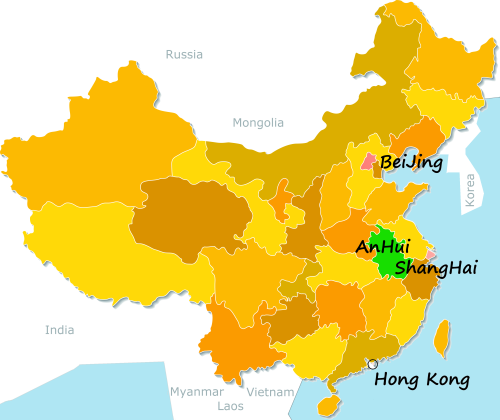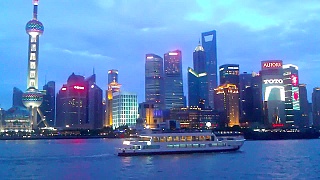
|
With Cameraman ...
With China Tour ...
Visitor Guide to the Confucius Temple and Imperial College, Beijing
Introduction
The Confucius Temple and Imperial College (Guozijian) in Beijing are historical landmarks dedicated to the legacy of Confucius, one of China's most influential philosophers, and to the education of scholars who served the imperial government. These sites reflect the importance of Confucianism in Chinese history and are a must-visit for anyone interested in Chinese culture and history.
History
Confucius Temple (孔庙, Kǒng Miào)
Built in 1302 during the Yuan Dynasty, the Confucius Temple in Beijing is one of the largest and oldest Confucian temples in China. It was expanded during the Ming and Qing dynasties, becoming a prominent center for Confucian worship and scholarship. The temple was a place where scholars and officials would pay their respects to Confucius and seek inspiration from his teachings.
Imperial College (国子监, Guózǐjiàn)
The Imperial College, also known as Guozijian, was established in 1306, just a few years after the temple. It served as the highest educational institution in imperial China, where scholars studied the Confucian classics in preparation for civil service examinations. The college was managed by the imperial government, reflecting the significant role of education in governance.
Architecture and Key Highlights
Confucius Temple
The temple complex features traditional Chinese architecture with intricate wooden carvings, stone pillars, and tiled roofs. Key structures include:
Dacheng Hall (Hall of Great Accomplishment): The main hall, housing a statue of Confucius, where important ceremonies and rituals are conducted.
Stele Pavilions: These pavilions contain stone tablets inscribed with texts and inscriptions from various Chinese dynasties.
Spirit Way: A pathway lined with ancient cypress trees, leading to the temple's main halls.
Imperial College
The Imperial College complex showcases traditional Chinese educational architecture. Highlights include:
Biyong Hall: The centerpiece of the college, this circular hall is surrounded by a moat and accessed by four bridges, symbolizing the spread of Confucian teachings to all corners of the world.
Jixian Hall: A lecture hall where scholars were taught the Confucian classics.
Gate of Great Accomplishment: The main entrance to the college, symbolizing the pursuit of knowledge and scholarly achievement.
Visitor Information
Here are some practical details to help plan your visit to the Confucius Temple and Imperial College:
Location: No. 13, Guozijian Street, Dongcheng District, Beijing, China.
Opening Hours: Daily from 8:30 AM to 5:00 PM. Last entry is at 4:30 PM. (Hours may vary seasonally)
Admission Fee: Approximately 30 RMB (Check for updated prices before visiting).
Transportation: The nearest subway station is Yonghegong (Lama Temple), on Line 2 and Line 5. From there, it’s a short walk to the temple.
Tips for Visitors
Plan to spend at least 1-2 hours exploring the site to fully appreciate its historical and architectural significance.
Visit early in the morning or late in the afternoon to avoid the crowds and enjoy a more peaceful experience.
Consider hiring a guide or using an audio guide to gain deeper insights into the history and significance of the site.
Respect the cultural and religious significance of the site. Dress modestly and behave respectfully.
|

 Scenes from HuangShan 黄山 in AnHui province …
Scenes from HuangShan 黄山 in AnHui province …
 Scenes from HuangShan 黄山 in AnHui province …
Scenes from HuangShan 黄山 in AnHui province …





